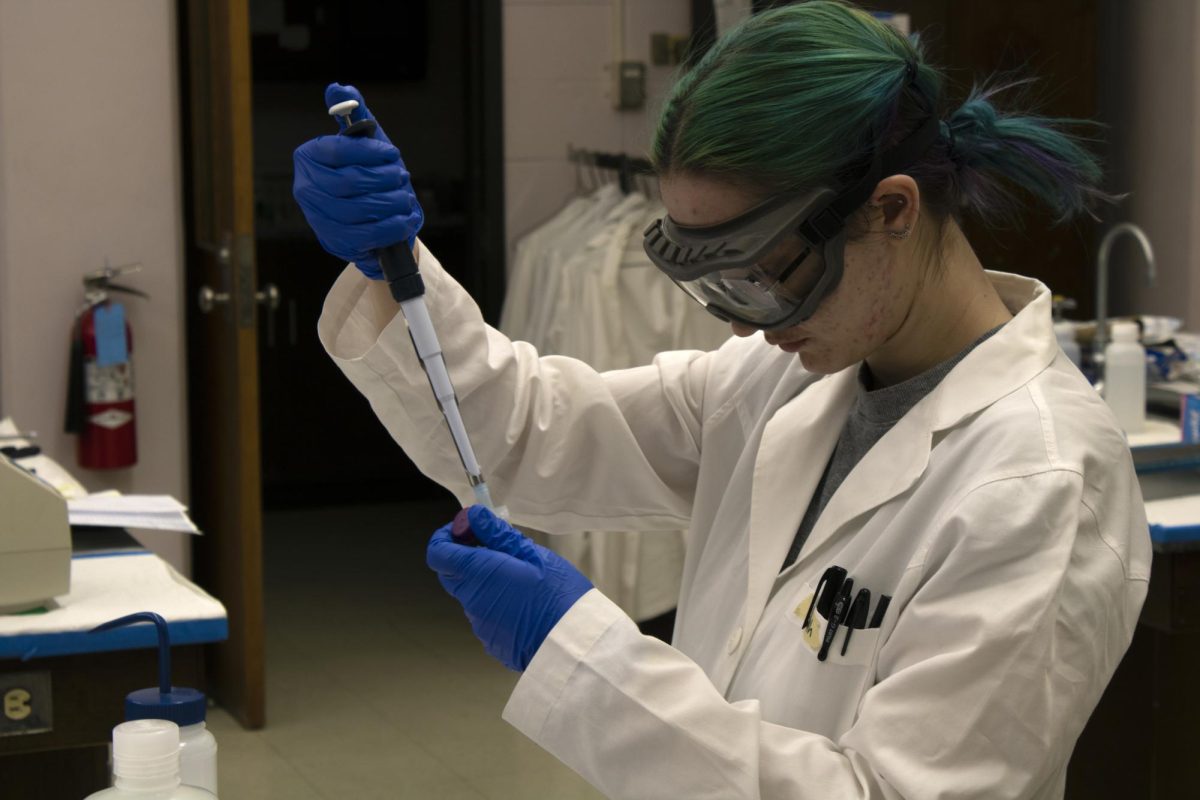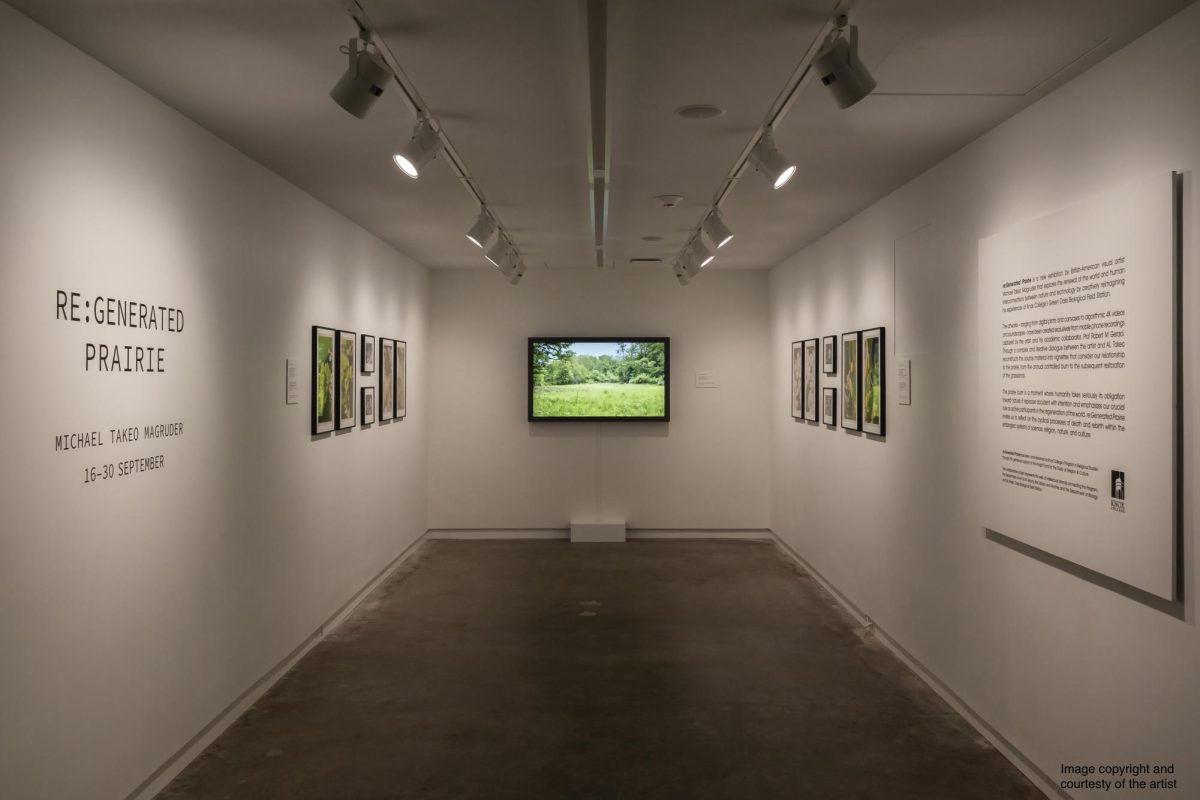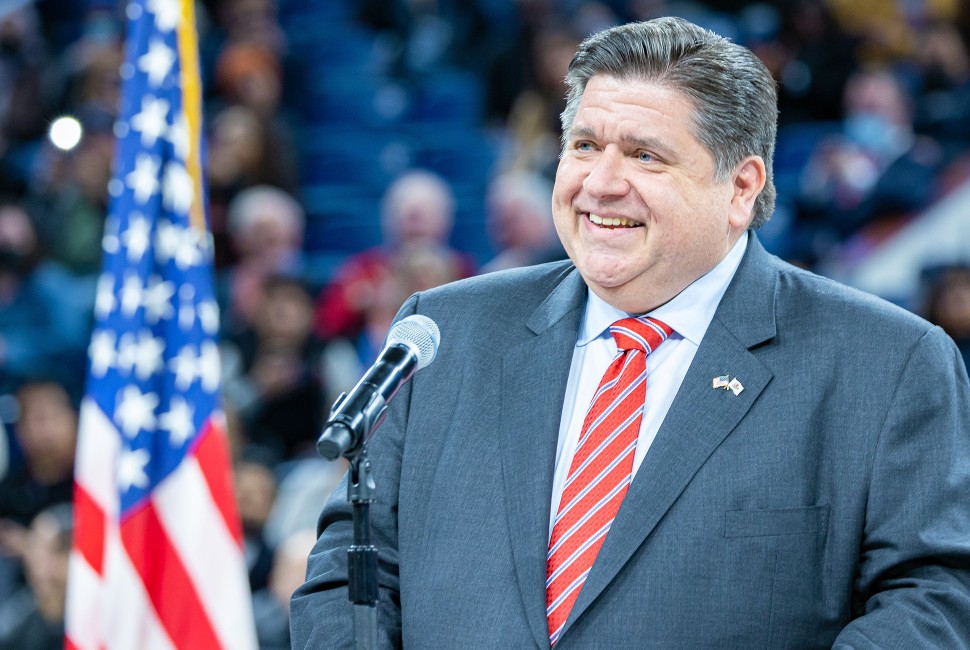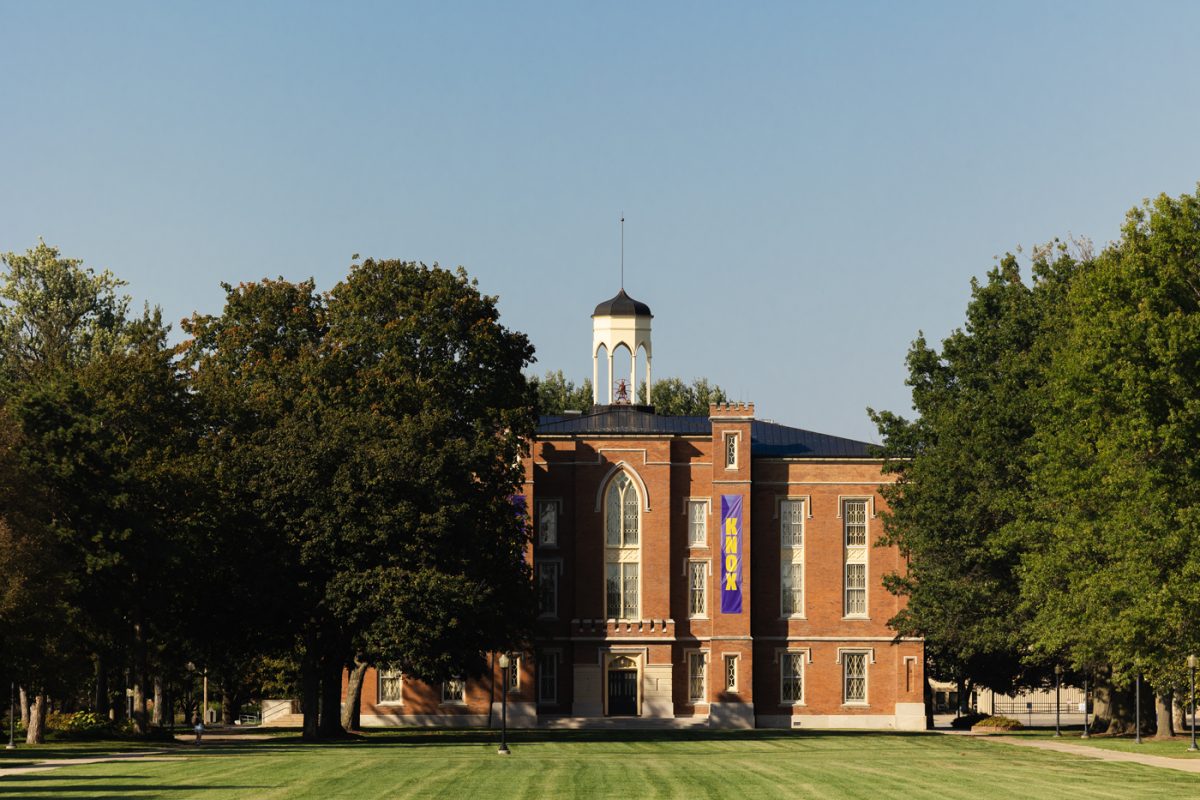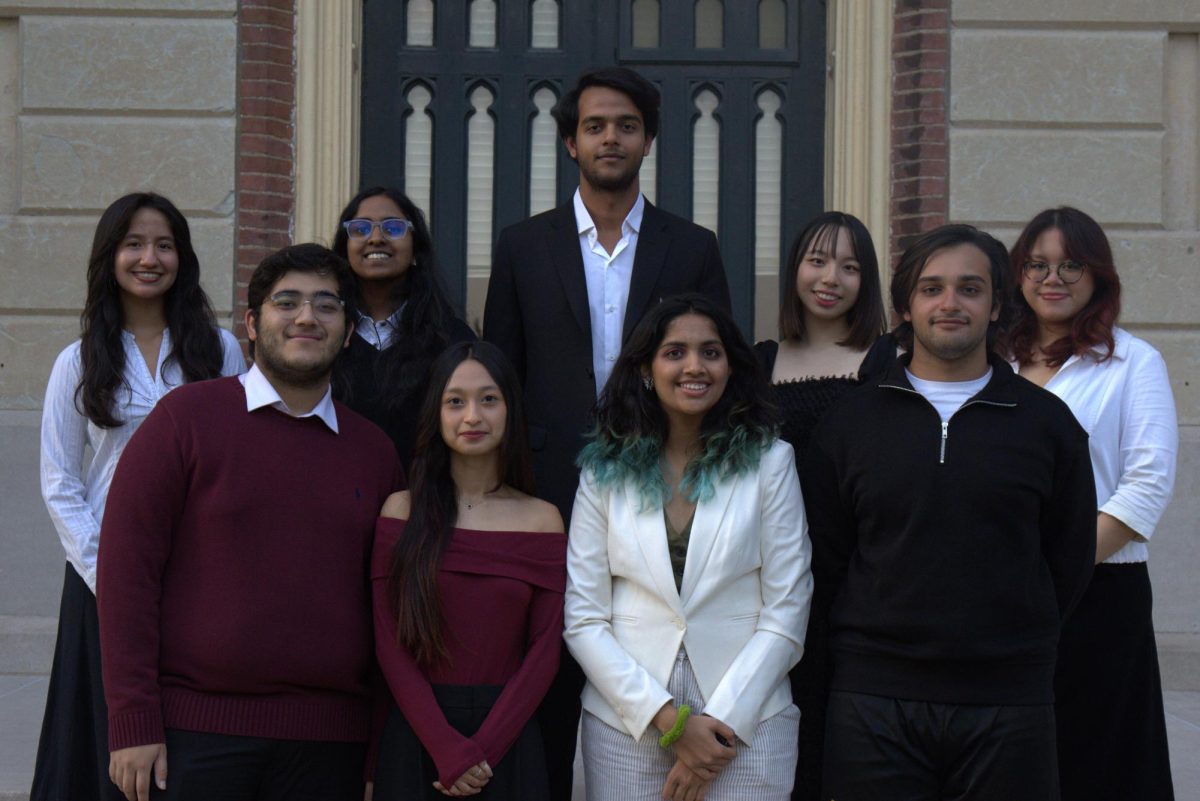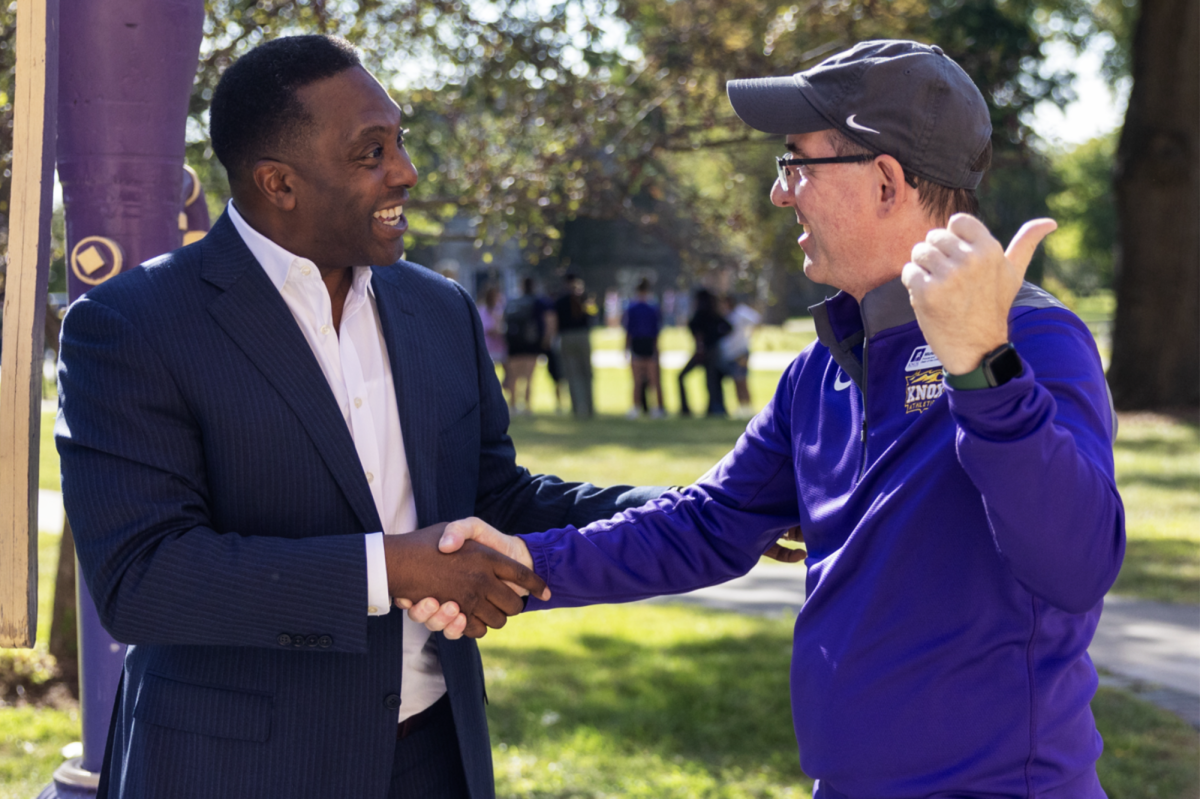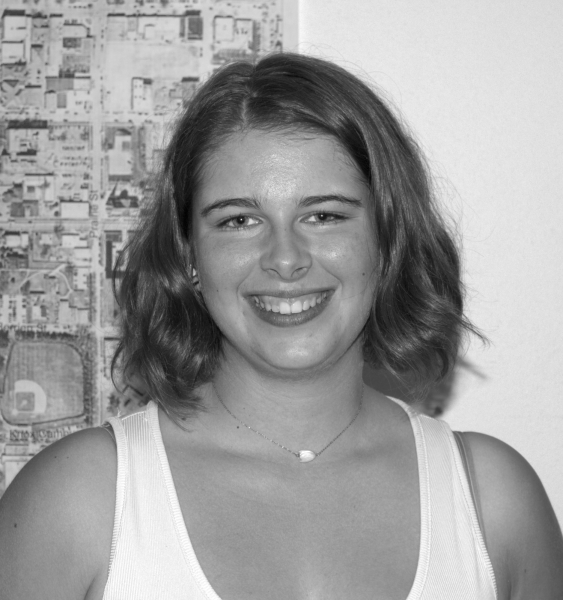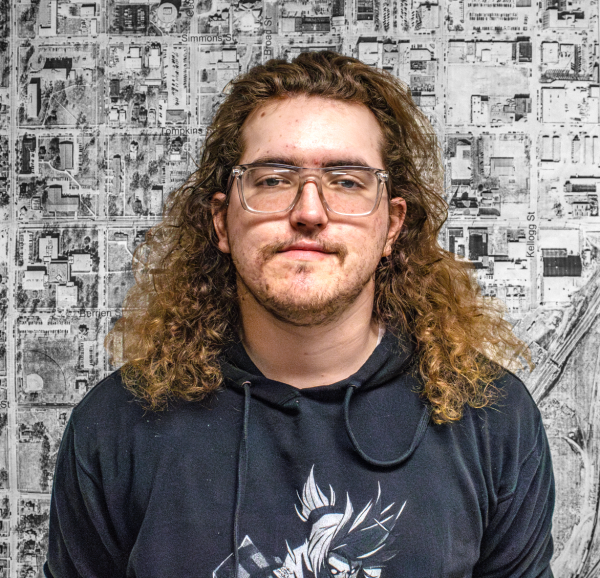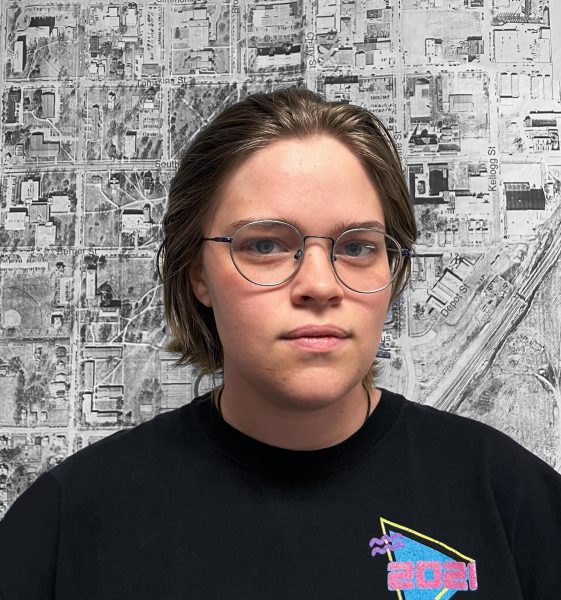The Knox College credit system creates all classes equal, though class hours and homework levels can vary vastly across classes and departments.
Students and faculty are split on the equity of this system.
The 2023-2024 Knox course catalog defines a credit as “the equivalent of 210 minutes per week of instructional time for ten weeks… students are expected to devote a minimum of two hours of study outside of class time for every hour in class.”
210 minutes is three and a half hours. This may be the minimum, but some classes spend up to eight hours in class a week. This disparity is because many classes meet four or five times a week, use double periods, or have labs. But by definition, all these courses are one credit.
Other colleges that use credit hours would count these four and five day a week classes differently than a three day a week seminar. The more hours a student spends in class, the more credits they would receive.
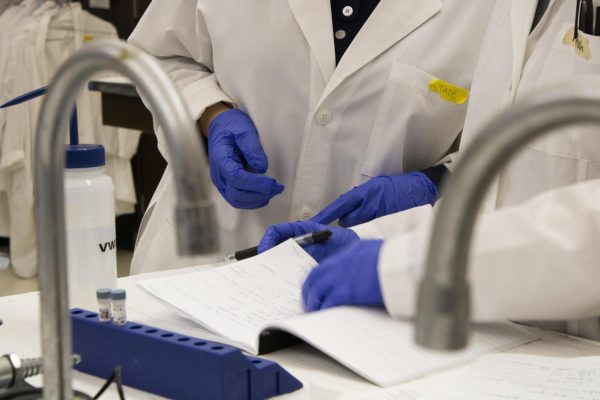
Dean and Provost of the College Mike Schneider says the hope of the Knox system is that the other work a student does outside of class evens out all classes.
“There are ways in which there may be more parity than is sometimes apparent in terms of contact hours,” Schneider said.
But, the two hours study time for every hour in class inherently implies some classes are more work than others. By this system, a class that meets five times a week would have 10 hours of homework, leading to more time spent on that class than a one that meets three times a week.
Because of this, many professors take the two hours as a suggestion, and instead think of college as a student’s full time job.
“As a professor, I expect to have one third of their time, including class time, plus study hours, and the assumption is that the work they would do outside of class, say reading a novel or watching a movie for a humanities social science class sort of makes up for what they might be doing in lab,” Professor Emeritus of Physics Chuck Schultz said.
This sentiment was repeated by many professors including Schneider, Chair of Chemistry Helen Hoyt, Chair of Computer Science David Bunde, and Chair of Physics Tom Moses.
One third of a full-time job is 13.3 hours a week, but some professors feel students should be working 15 hours a week, and others think 10 is appropriate.
“When you get to this realm of students are spending a heck of a lot more time in this course than they should and their other course work could suffer because they’re dealing with that, that creates a kind of inequity that would need to be addressed,” Schneider said.
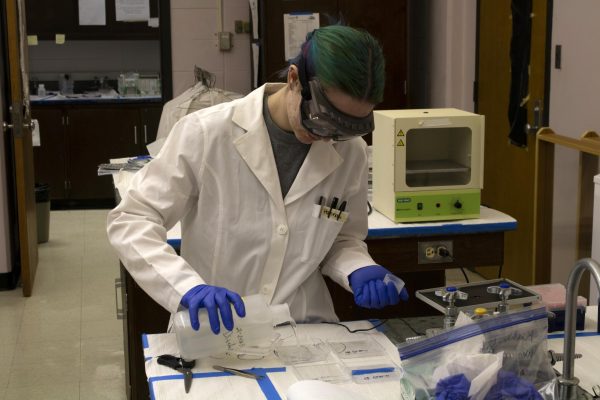
Schneider believes it is up to professors and departments to make sure their disciplines are assigning a fair and achievable amount of work. He acknowledges that humanities classes often have more flexibility with the amount of content they need to cover, and lab classes often meet for far more hours a week.
“I think it’s completely legitimate to debate the system… there are reasonable arguments on both sides of it,” Schneider said.
Some, like Shultz, think a quarter hour system would be far more equitable. In this system, classes with more in-class hours would count for more credits.
“Professors are aware that some classes might just demand more than one third of the time and hope that students can adjust,” he said. “That doesn’t mean it’s fair that you don’t get more credit hours for those hours you put in.”
Junior and biology major Caroline Tieman agrees this would be better.
“My three credits right now this term is 19 hours… whereas other people spend only 11 or 12 hours in class each week, and they also get three credits,” she said. “I think that maybe if they really wanted to, they should be able to take another class. Like if I’m allowed to be in a class for 20 hours, other people should also be allowed to do that.”
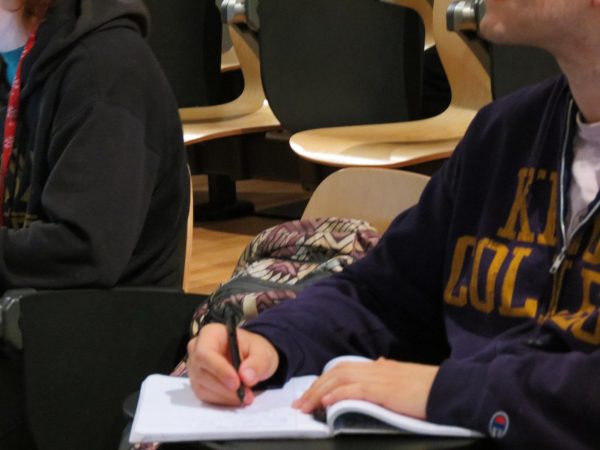
This would solve a problem that junior and psychology major Sasha Jeffries has. They take classes in the music department, where many classes are listed as zero credits. This is so students don’t have to pay an overload fee but doesn’t feel fair to Jeffries.
“You can do the same amount of work everybody else is doing… and not get anything for it,” they said.
Chair and Associate Professor of Educational Studies Scott DeWitt says the Knox credit system doesn’t account for time outside of seat time. Students in the Education Studies department do 20 hours of volunteering for many of their classes; STEM students do labs; art students spend time in the studio.
“The traditional assumption of ‘in class’ is some professor standing up in front imparting wisdom and telling you all the important things you need to know,” DeWitt said. “So that lab time is somehow separate, when arguably you’re learning as much or more in the lab.”
Junior and anthropology & sociology (ANSO) major Devan Boone says that because all classes are considered the same, students don’t always know what they’re getting into when they sign up for a class.
She says the intro level and upper level ANSO classes have vastly different workloads. She spends significantly more time on Social Theory than other classes she’s taken.
“I spend like four hours before every class reading six pages because it’s so much denser material, and then I’m only getting the same amount of credit for that as my intro level anthropology class where I was barely skimming the reading,” she said
Associate Professor of History and advisor Danielle Fatkin is aware of this. She says advisers talk about which classes are considered heavier workloads and help their students create schedules that seem manageable. Chemistry Department Chair Helen Hoyt has similar conversations with her advisees as well.
“We talk a lot about balance and trying to find what works for that student to balance out a lab and studio,” Hoyt said.
But there are pros to treating all classes as equal, and many professors are in favor of it.
“Physicists like symmetry, and we like simplicity, and the simplest most symmetrical thing that you can do is have every course count one unit,” Moses said.
Schneider, Moses and Hoyt agree that it can be difficult to compare disciplines, as they often do such different kinds of work.
Hoyt feels that to create something really “intelligent, thoughtful, different,” in a humanities or arts class takes at least as much time as a lab.
“You can always put more time into a paper, you can always put more time into a story, into a creative project, into studying chemistry,” she said. “You can always put more time in and learn more and do more.”
But Hoyt acknowledges that for any class, if a student is only doing the minimum to pass they likely aren’t putting in that 10-15 hours a week. Many students agree on both points.
“The workload is easy to compare when it gets to higher level classes because you’re doing seminars or research papers… but when it’s not comparable is the intro level classes,” said Jeffries.

As Boone pointed out, sometimes it can be easy to simply not do a reading, or not try very hard on an essay. But Tieman says in biology, if you don’t do all the work and learn all the things in an intro class, you won’t make it to the advanced class.
“I think a lot of it is more required time for STEM majors,” said Tieman. Those extra hours in class and daily required engagement can make them feel as if they take more time.
When it comes down to it, the amount of time a class takes up seems to come down to the student and not the class.
“Different students are different people too, right? So they respond to those challenges very differently,” said Schneider.
Some people take longer to read and write, others cruise through math sets. Some are trying to do their very best, and others just want to pass.
Tieman spends 20 hours a week in biology and physics courses, and she does so gladly and easily, but she finds humanities classes more difficult.
“I do think humanities classes have ‘less’ work, but they still take up the same amount of mental space because they’re not what I’m used to thinking about,” she said.
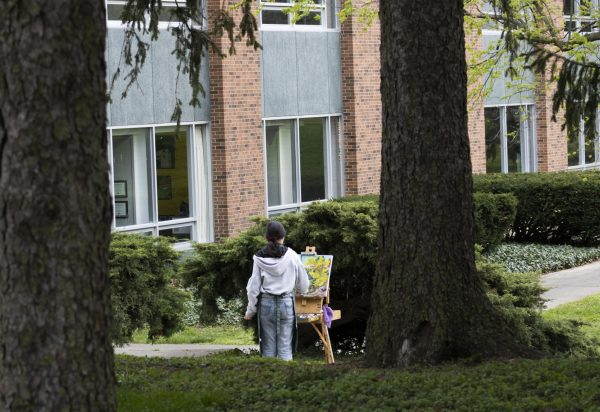
Sophomore and computer science and physics double major Naysha Jain agrees, saying that for herself, writing an essay is far more difficult than writing a code for her computer science class.
“What do you need to spend willpower on? What fills you up? What feels like more work?” said Hoyt.
Because of the complexities of different types of work, classes, and students, creating all classes equal seems the easiest solution to Moses.
“I like the simplicity in the absence of being able to make a good comparison,” he said, “if we made slight distinctions, who would be helped by that?”
Schneider has similar feelings. He worries that this debate pits discipline against discipline. As a liberal arts school, he says, this can be dangerous.
The conversation about credits comes up every few years amongst the faculty, but due to the complexity of the issue it hasn’t gained enough traction to make any changes.
The faculty have discussed adding an extra half credit for two period lab classes, but that has consequences that the college would then need to solve, like the rules that define a full-time student and class overload.
Changing the credit system would also impact faculty contracts. Right now, full-time faculty teach two courses a term. DeWitt says this is supposedly equitable, but he acknowledges that inherently, teaching some classes does take more time than others. If the credit system was changed, Knox would need to find a new way to define a full-time professor.
“Talking about simplifying things so they’re administratively possible also means they’re not accurate,” he said.

